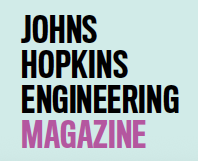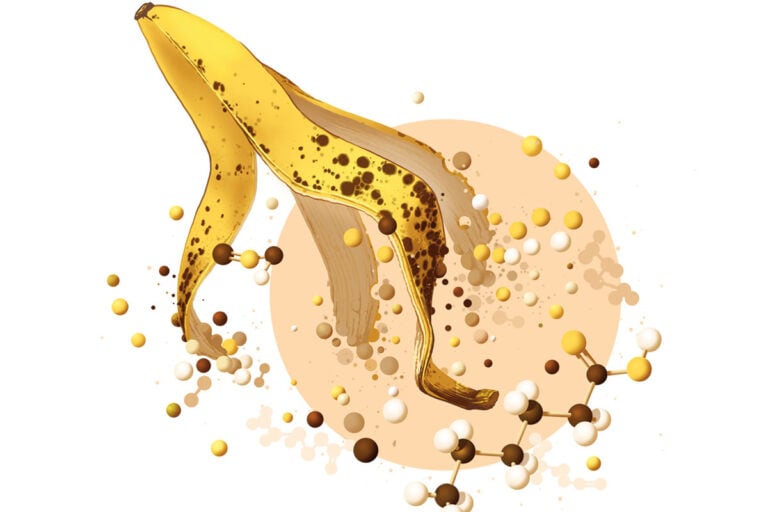Impactful engineering solutions are often ones that solve multiple problems at once, such as addressing industry needs while also eliminating waste.
A team of Hopkins engineers affiliated with the Ralph O’Connor Sustainable Energy Institute (ROSEI) has accomplished this with a new method for converting organic waste into medium-chain carboxylic acids (MCCAs)—crucial ingredients in industrial lubricants, bioplastics, food additives, and personal care products.
Their two-phase technique offers an alternative to current MCCA production methods that pose major economic challenges, focusing on innovative approaches rather than traditional extraction processes like obtaining MCCAs from palm oil.
“We sorely need alternative methods,” says research team member Michael Betenbaugh, a professor of chemical and bio molecular engineering and a member of the study.
Because their process can rely on organic waste from a variety of sources, it could be implemented in urban or rural environments, using waste from dairy farms, grocery stores, distilleries, and more.
Phase one of the process is overseen by Shilva Shrestha, an assistant professor of environmental health and engineering. It involves the microbial fermentation of organic waste, a process where microorganisms break down organic molecules and extract chemical energy. This technique works by hijacking the cells’ natural microbial pathways to make liquids that contain MCCAs.
Phase two involves downstream separations, during which leftover liquids are further reduced until only MCCAs remain. While conventional methods for separating liquids in this way are cumbersome and time-consuming, Yayuan Liu, an assistant professor of chemical and biomolecular engineering and Russell Croft Faculty Scholar, proposes using electrochemical reactors to do the job instead.
“This method is more straightforward, and since it uses electricity, it doesn’t create any excess waste,” Liu says.
“We believe that our process will be especially valuable in low- resource environments, and we’re excited to test it out at a larger scale very soon,” says Betenbaugh.
— WICK EISENBERG
illustration by Matt Twombley


